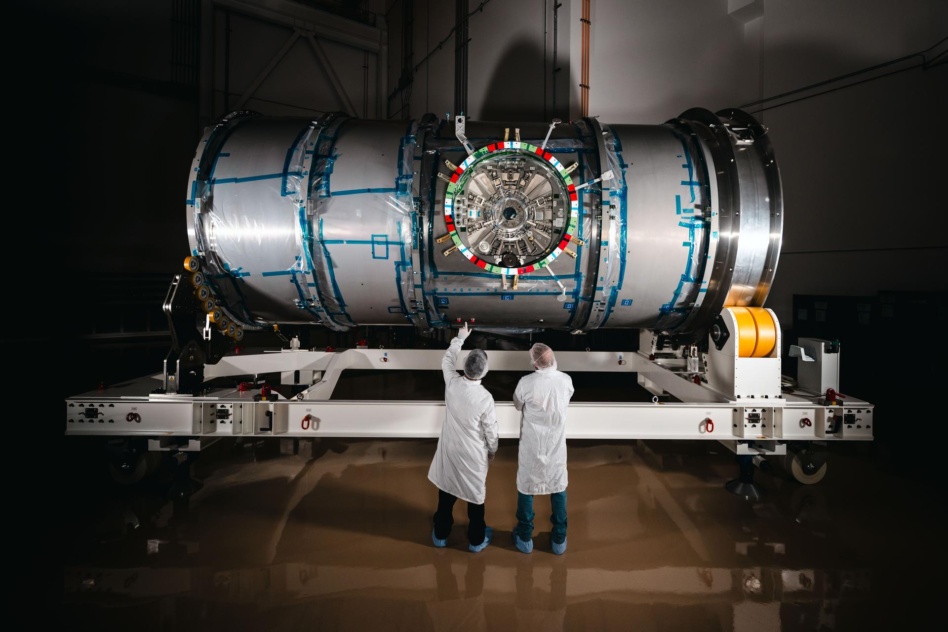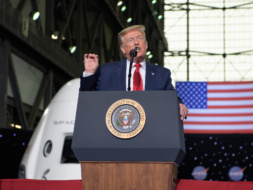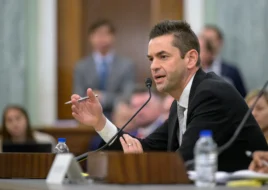The Trump administration’s proposed budget for NASA focuses on beating China back to the Moon and sending the first humans to Mars at the expense of every other part of the space agency’s budget.
The White House released a so-called “skinny budget” today that includes high-level funding changes and major priority shifts. A more detailed budget proposal is expected to be released in the coming months.
Plus up: The Trump administration would add $647M to NASA’s human space exploration budget compared to the fiscal 2025 enacted level. Total spending on crewed lunar exploration would top $7B. The plan would also add $1B in new investments “for Mars-focused programs.”
Big ticket: The plan would make significant changes to several marquee programs in the agency’s existing Moon-to-Mars plan under a $879M cut to legacy human exploration systems, including:
- Phasing out both the SLS rocket and Orion capsule in favor of a commercial platform
- Eliminating the Moon-orbiting Gateway space station, core components of which have already been built and shipped from Italy to the US.
Other cuts: The budget also proposes other decreases to shift focus to the Moon and Mars:
- A $2.27B cut to the space science portfolio, including cutting the Mars Sample Return Mission, which “would be achieved by human missions to Mars,” according to the budget.
- A $1.13B cut to mission support, including workforce, IT services, NASA center operations, and facility maintenance.
- A $1.16B cut to Earth science, restructuring the Landsat Next program, and eliminating “low-priority climate monitoring satellites.”
- A $531M reduction to space technology investments, including cutting “failing space propulsion projects.”
- A $508M decrease for the ISS that would reduce crew size and research on the station as the agency prepares to transition to commercial stations.
- A $346M cut to aeronautics, including cutting “green aviation” spending that focused on fighting climate change.
- A $143M decrease for STEM, arguing that the next generation of the space workforce will be inspired by “ambitious space missions,” instead of STEM programs.
Long way to go: This is just the first volley in the debate over the fiscal 2026 budget. Congress will draft and consider its own proposals before ultimately approving a spending plan for the next fiscal year. Though Republicans control both chambers of Congress, the plan already has a number of detractors, thanks to leaked budget docs—advocacy and industry groups slammed the proposed NASA science cuts just this week.
Open questions: The plan does not include any info on DoD space funding beyond the staggering $1T defense topline. It also does not address proposals to outsource the Office of Space Commerce’s space tracking mission to the private sector.




